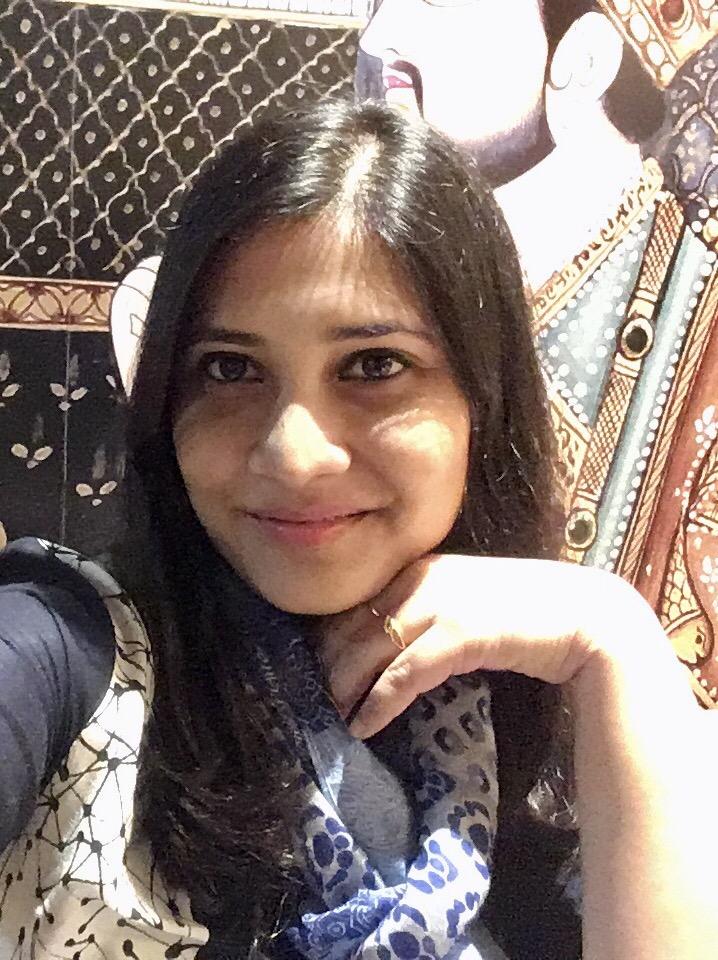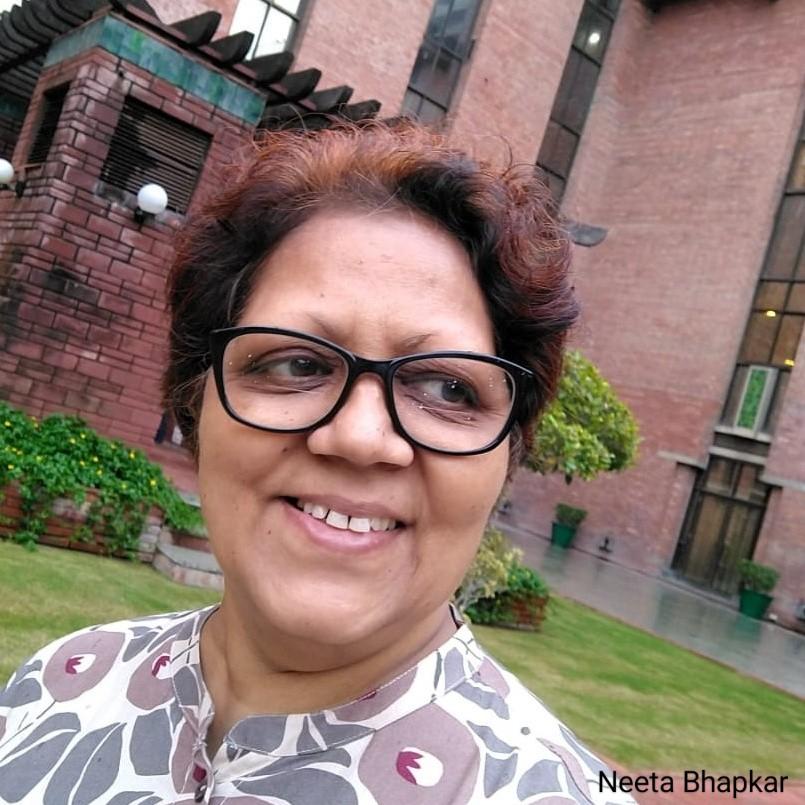In 1931, a chemistry graduate from the Konkan region of Maharashtra was deeply inspired by the Swadeshi movement launched by Mahatma Gandhi. This man was Late Shri Digambar Dandekar who began manufacturing ink powder in his humble Girgaum Chawl residence. In the calm of the night, he would manufacture the product and then sell it to businesses around town during the day. His wife, Late Smt. Malti Dandekar worked with him on the manufacturing while teaching the neighbourhood kids to support his efforts.
Soon, the powder turned into tablets and then liquid ready-to-use ink which was sold in recycled glass bottles. These were unbranded products, that still sold only on the quality and service. Meanwhile, ‘horse’ was being considered as the brand name but the hunt had to continue since it was already taken.
Then inspiration hit. During one of Late Shri Digambar Dandekar’s sales outings, a poster in an Irani tea shop caught his eye. It was a poster for Camel cigarettes that proudly proclaimed, “I can walk a mile for a camel”.
‘Camel’ is easy to spell, pronounce, and remember in all Indian languages. In addition, the high-endurance animal has a strong Indian connection. Thus began the legacy of Camel, India’s favourite art material and stationery brand.
In 1958, the eldest son of the founder, Mr. Subhash Dandekar completed his undergraduate degree in Chemistry from Mumbai University and joined the company as Technical Director. He wanted to introduce products made in India that would substitute the import of foreign art materials. It’s safe to say his mission was a success as he became a pioneer in the field. His passion was inspired by this incident reported in the media - A prominent artist was commissioned to paint a portrait of Mahatma Gandhi and was provided with Winsor & Newton Oil Colours made in England. To this, the artist commented, “To paint the portrait of the architect of ‘Swadeshi Movement’ with imported material is very painful.”
Mr. Dandekar then began research and development, formulating the first product - Waterproof Black Drawing Ink. Used by designers, cartographers and cartoonists, this black ink was a hit and soon more shades were introduced to the range. Mr. Dandekar even received encouraging words from cartoonists like Bal Thackeray.
He took this as a motivation to pursue advanced studies of colour technologies. He began post-graduate studies in colour chemistry at Glasgow, UK. He visited a number of dye and pigment manufacturers from England and neighbouring countries to better understand the business nuances.
On returning to Mumbai, he began a two-pronged effort toward art materials - understanding Indian consumer needs and developing products based on that understanding. What did he find out?
India was in the clutches of the license, quota raj during the 60s. People were struggling to make ends meet and full-time artists were either supported by their families or the government commission. Budgets were limited when it came to buying art materials and artists were doing everything at their disposal to cut the cost. In these conditions, Camel’s Crylin (acrylic colours) and Camel Student Oil Colours came at a fraction of the global brand prices. These products eventually played a major role in allowing generations of Indian artists to sustain their passion.
The first range of Camel art products was introduced in 1965, including colours for all kinds of artists - professionals, artisans, hobbyists and school students. Apart from oil and acrylic colours, Camel offered Indian customers Artist Water Colour cakes and tubes, Canvases, Poster Colours, Drawing Inks and Photo Colours, Student Water and Poster Colours, Oil Pastels, and Wax Crayons.
Most of these products had no competitor worth mentioning but there was also a lack of consumer need for the product. The few who did need it were happy importing it. When it came to affordability, the Government of India allowed Lalit Kala Akademi (LKA) to import art materials without paying customs duty. Artists could get them on a ‘no loss no profit’ basis.
This led to an innovative marketing endeavour. Artists were requested to create one painting each with Camel Artist Water & Oil Colours which were then exhibited in a prominent Delhi art gallery. For this 1967 exhibition, the artworks of many leading artists of the time like M. F. Husain, Ram Kumar, Jeevan Adalja, Bimal Das Gupta and Shanti Dave were exhibited. This gave artists, participating or otherwise, confidence in the product. Meanwhile, LKA officials who visited the exhibition realized the importance of local materials. They decided to stop importing and encourage domestic manufacturers.
Very soon, the post-liberalisation economy grew in India. Although there was an ability to access art materials from across the globe, artists still had a craving for Indian substitutes which guaranteed quality while also being affordable. The introduction of the Camel Heavy Body Acrylic Colours in 2017 perfectly symbolizes this psychosocial as well as economical change in the millennial generation.
The improving economical condition in India also boosted the confidence of artists in pursuing their creativity. There was more disposable income and more free time to pursue art, professionally or even as a hobby.
This journey of Camel and art materials continues to this day. Both have been working hand in hand to help artists unleash their creative side and continue with the forward march of art made in India. This inter-dependent partnership has come a long way with miles to cover.
Leave a comment

I am deeply impressed by the products in the brand name of Camel as we always understand the changing needs of the art community. Camel products are highly trust worthy and reliable quality products and are easily available to all local artists and art students
November 14, 2024
My favourite brand since childhood .Grew up using camel products and still using
May 13, 2023
Yes, I am the one who experienced warm, welcoming atmosphere at Camlin for art and artists. Throughout the life journey, you meet some people who offer God like helping hand to ease your life journey & you can never forget them. With all my respect I would like to mention one such generous personality, late Rajani Dandekar. To keep your life journey as an artist on progressive path while facing all ups and downs in life is always challenging to any artist like me, but to get strong support of person like Rajanitai was miraculous! Always happy to be part of Camlin on any platform!
April 19, 2023
Comment added
Comment updated
Comment deleted
“
“Artists are just children who refuse to put down their crayons.”


